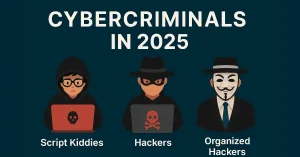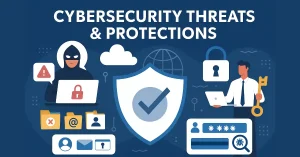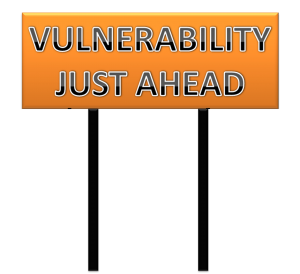With traditional cybersecurity methods increasingly becoming obsolete, securing sensitive data has become vital for network security.
This is where Zero-Trust Network Access Security turns the conversation. It is a groundbreaking tech solution that provides security and challenges the conventional notion of trust among network users. This security system stands on a zero trust principle.
What does this principle stand for, and how does it work? This blog talks about Zero-Trust Security and its fundamental principles.
What is Zero-Trust Security?
Zero Trust Security is a cybersecurity technology solution that challenges the traditional model of implying trust to certain entities or individuals within our network.
No matter what level of authority an individual or a device has in the network, the configured security system will ask for an authentication procedure. Trust operates on the principle of “Never trust, Always verify.”
What are the Main Zero-Trust Principles?
- Least Privilege Access
The Zero Trust Security model applies the least privileged access for users and provides limited and minimum levels of access that are required for their tasks.
This requires every user to authenticate and verify their identity at each given step of the procedure, reducing the risk of unauthorized access throughout the network among the users.
- Microsegmentation
The zero-trust architecture divides the network into smaller and isolated segments that require authentication and authorization for each level of access.
This eliminates the perimeter-based security layer. Since the security system divides the network, it is challenging for any unauthorized user or attacker to move horizontally or vertically within it.
- Blocking Lateral Movement
As mentioned before, Zero-Trust models block any movement within the network using micro-segmentation. With traditional security models, where the entire network is accessible to every user, unfettered, unauthorized access is easy to achieve.
With Zero-Trust Security, this possibility is eliminated. This approach limits the impact of potential breaches and adds an extra layer of defense.
- Zero-Trust Architecture
Adopting the zero-trust infrastructure involves configuring security measures at every point in the network. This creates a wall between each department and limits access for users and unauthorized parties.
This comprehensive approach enables security and confidentiality even within the network, which is very rare with traditional security strategies.
Benefits of Zero Trust Models
- When we apply zero trust, we are eliminating the possibility of trust and privilege of access. This drastically reduces and eliminates the attacks and negates the possibility of lateral movement.
- Zero trust also continuously monitors and authenticates users, enabling organizations and networks to detect, report, and respond to security issues quickly.
- The zero-trust principle provides the least privilege for access with micro-segmentation, which reduces the attack surface. This is again possible because attackers lack lateral movement.
Final Thoughts
Zero-Trust Security models provide a comprehensive and all-inclusive security solution. Its continuous verification, network micro-segmentation and automated context collection and response make it a time and cost-efficient, long-term security solution.
If you want to optimize the protection and confidentiality of communication within your network, you can definitely opt for Zero-Trust Security.





